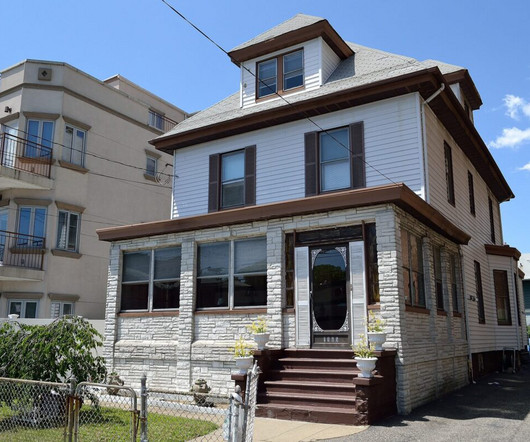NAHC’s Bill Dombi: Horizontal Integration, Workforce Innovation to Accelerate in 2022
Home Health Care
JANUARY 17, 2022
Reduced hospitalizations means greater chance of rehabilitation, restoration, maintenance of the patient’s condition and avoidance of fatalities. When looking at the non-medical home care workforce, No. 1 to them is quality from top to bottom. [00:28:32] They can see, “This is not just 2% of my budget.















Let's personalize your content